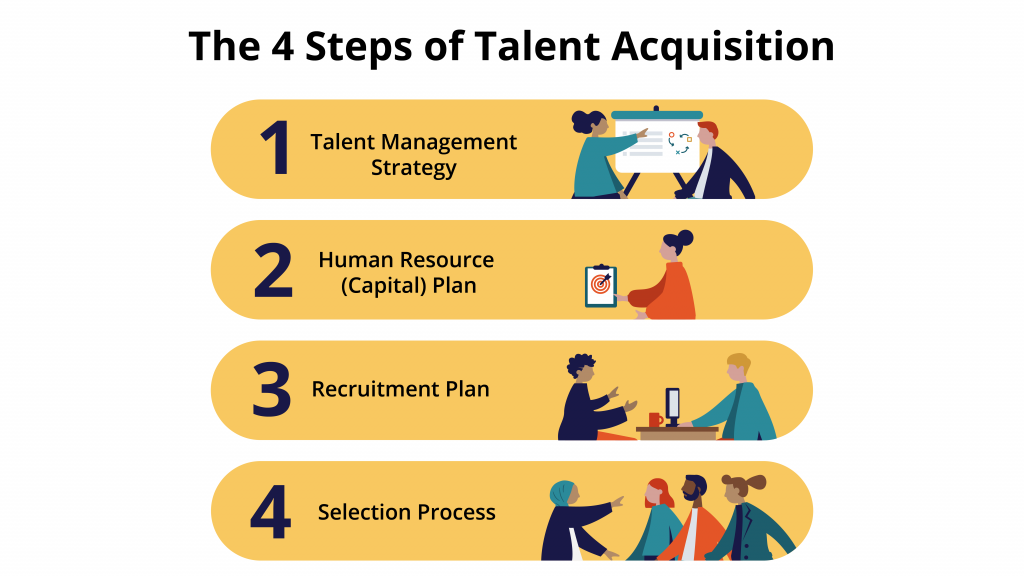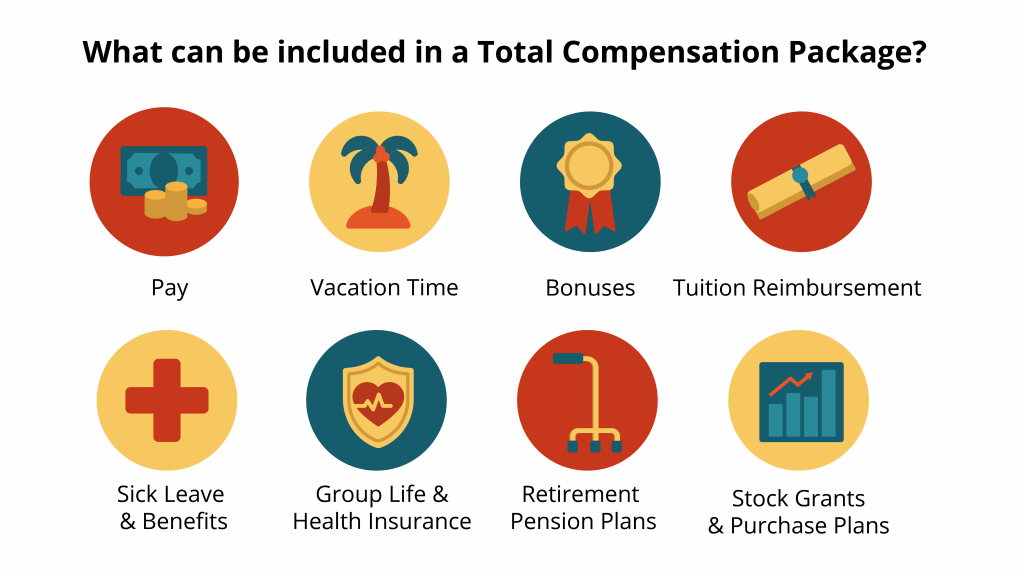1.3 The Role of HRM in Organizations
Human Resources Management or HRM is an ‘umbrella’ term for many different and interrelated functions. A manager is responsible for achieving the organizations goals through the effort of its people. It is necessary to point out at the very beginning of this text, that every manager has a role relating to human resource management. Just because we do not have the title of HR manager, it does not mean we will not perform all or at least some of the HRM tasks.
Food Processing Perspective
For example, most managers deal with the selection, compensation, and motivation of employees—making these aspects not only part of HRM but also part of management in general.
In the food processing sector, it is essential that leaders at every supervisory level be well versed in the human resource function. The specific roles, responsibilities, and deliverables inherent in the production of safe food products can only be accomplished through effective recruitment and training of highly skilled candidates.
Most experts agree on eight main roles that HRM plays in an organization. These roles are described in the following sections.
1. Legislation and Law
It is very important that human resource managers are aware of all the laws that affect the workplace and they ensure that the processes in place abide by them. An HRM manager will work under the following legal frameworks:
- Federal Government
- Provincial Government
- Health and Safety Requirements
- Labour Laws
- Employment Standards
The legal environment of HRM is always changing, therefore, HRM must always be aware of changes taking place and then communicate the changes to the entire management organization. In this textbook, we have decided to address these laws in each relevant chapter instead of presenting them in a single chapter.
2. Corporate Policies
In addition to having to comply with the requirements mandated by law, every organization may have their own set of unique policies. These policies can be set to ensure fairness (e.g., vacation policy above and beyond those legally mandated), to enhance effectiveness (e.g., internet usage policy), or simply to reinforce the culture (e.g., dress code). Some of the roles of HRM are to identify issues that can be addressed by implementing a policy; these can range from chronic tardiness of employees to a lack of decorum in meetings. HRM, management and executives are all involved in the process of developing policies. For example, the HRM professional will likely recognize the need for a new policy or a change of policy, they will then seek opinions on the policy, write the policy, and then communicate that policy to employees. The range of policies that can be designed is endless; here are a few examples of innovative policies that can be found in some companies, including giving time-off to employees to volunteer in community organizations (to promote well-being and group work) and eliminating job titles.
3. Job Analysis and Design
Organizations rely on the execution of numerous and varied tasks. These tasks, which are often carried by employees, have to be structured in such a way to maximize efficiency. They should be clear and distinct from each other. They should also be performed by capable employees. HRM supports the definition, documentation and organization of these tasks through the processes of job analysis and job design..
4. Talent Acquisition
You need the right people to perform tasks and get work done in the organization. Even with the most sophisticated machines, humans are still needed, therefore, one of the major tasks in HRM is talent acquisition. Talent acquisition involves the entire hiring process from posting a job to negotiating a salary package. Within the talent acquisition function, there are four main steps:

5. Training and Development
Once we have spent the time to hire new employees, we want to make sure they are trained to do the job and continue to grow and develop new skills. This results in higher productivity for the organization. Training is also a key component in employee motivation. Employees who feel they are developing their skills tend to be happier in their jobs, which results in an increase of employee performance, productivity and retention. Examples of training courses and programs might include the following:
- Job skills training, such as how to use a computer program
- Training on communication
- Team-building activities
- Policy and legal training, such as sexual harassment training, safety training and ethics training
- Time management skills
6. Performance Assessment and Management
Employee performance is a support role provided by HRM to the organization and management. HR has the responsibility of designing, maintaining and administering an organization’s performance management policies and systems. Basically, people have to be good at what they do. In a coffee shop, baristas have to produce a great cup of coffee, within a certain amount of time, and serve it to the customer in a pleasant manner. Every job is different and quite complex when you think of the different ways in which performance is defined. It is the role of the HRM professional to devise systems to measure this performance with precision and use this information to help the employee and the organization. Performance appraisal systems may include:
- A 360 appraisal process
- A behaviour checklist
- A graphic rating scale
- MBO or management by objectives
- Annual employee performance appraisals
- Performance Improvement Plan (PIP)
However, assessing performance is only the beginning. Once a measure of performance is obtained, the HRM professional uses it for multiple purposes, including:
- Providing feedback for employees
- Determining compensation (e.g., bonus, raise, etc.)
- Taking disciplinary measures
- Supporting career development
7. Compensation and Benefits Administration
HRM professionals need to determine that compensation is fair, meets industry standards, and is high enough to entice people to work for the organization. Compensation includes anything the employee receives for his or her work. In addition, HRM professionals need to make sure the pay is comparable to what other people performing similar jobs are being paid. This involves setting up pay systems that take into consideration the number of years with the organization, years of experience, education, and also considers the results of external salary surveys. e.g. Hays Canada. Total compensation (package) may include the following:

8. Labour Relations
A labour union, also called a trade union or worker’s union, is an organization that represents the collective interests of employees. HRM professionals are involved in the negotiation (collective bargaining) and management of union contracts. These contracts typically cover compensation, work schedules, benefits, discipline, and other work-related processes. Unions are very prevalent throughout Canada. As such, an understanding of labour unions is very important to be effective.
9. Health and Safety

Safety is a major consideration in all organizations. Often times new laws are created with the goal of setting federal or provincial standards to ensure worker safety. Unions and union contracts can also impact the requirements regarding worker safety in the workplace. It is up to the Human Resource Manager to be aware of worker protection requirements and ensure the workplace is meeting federal, provincial, industry specific and union standards. Worker protection issues might include the following:
- Chemical hazards
- Heating and ventilation requirements
- Use of “no fragrance” zones
- Protection of private employee information
10. HR Analytics
Like every function in organizations, HRM has been drastically affected by technology. Today, a vast amount of information is collected about employees via Human Resource Information Systems (HRIS). This information, in turn, can be used to support management decisions using sophisticated analytical tools. For example, a financial institution can implement quarterly employee satisfaction surveys (ESAT) and investigate predictors of ‘dips’ and ‘jumps’ in satisfaction. It could uncover that those employees working on the investment side of the business tend to be very stressed during the preparation of end-of-quarter fund performance reporting. Knowing this, they could implement special communication efforts and improved processes or training for those employees during critical business cycles of the year.
“1.3 The Role of HRM in Organizations” from Human Resources Management – 3rd Edition by Debra Patterson is licensed under a Creative Commons Attribution-NonCommercial-ShareAlike 4.0 International License, except where otherwise noted.

